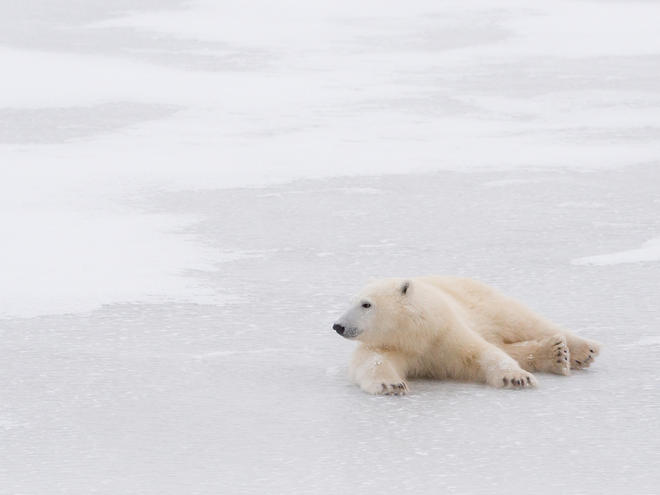All about polar bears: watch and learn
Published by the World Wildlife Fund
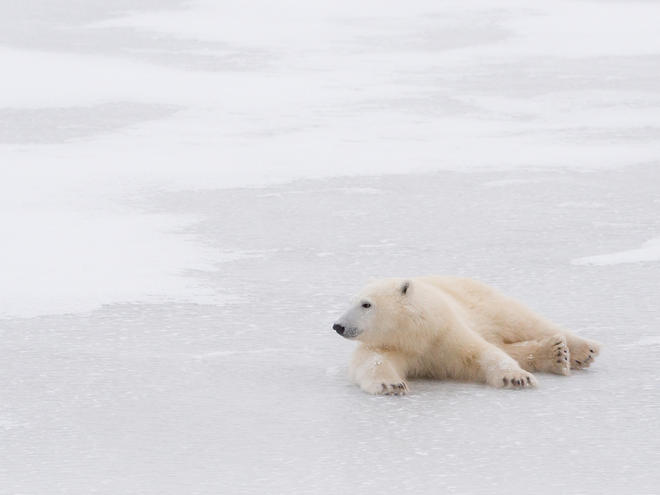

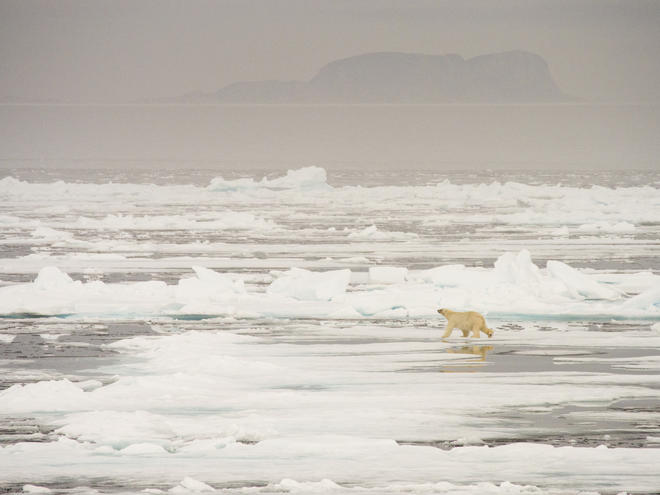
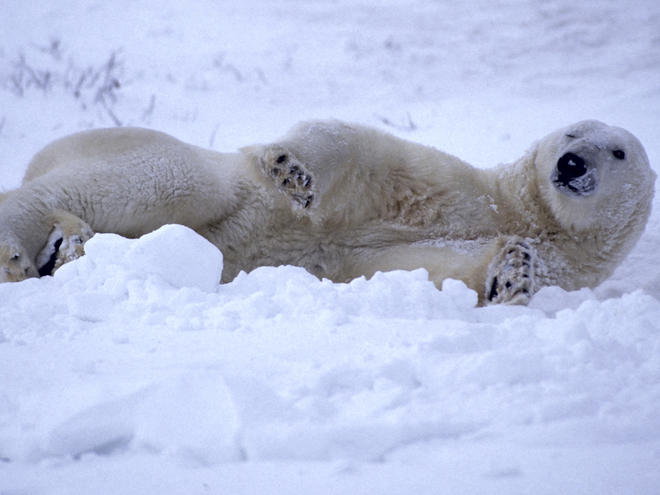
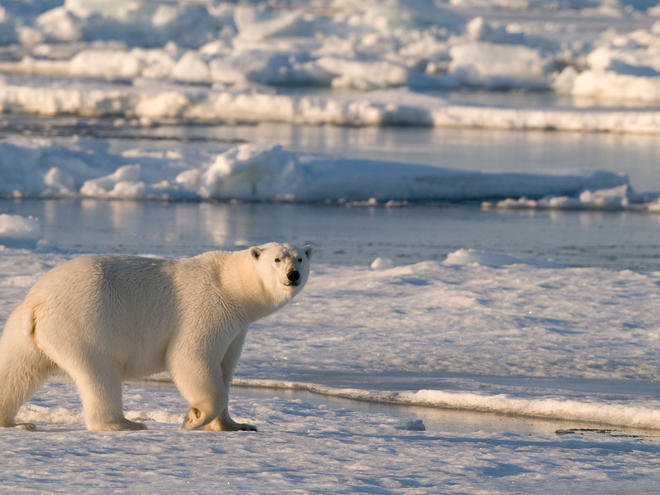
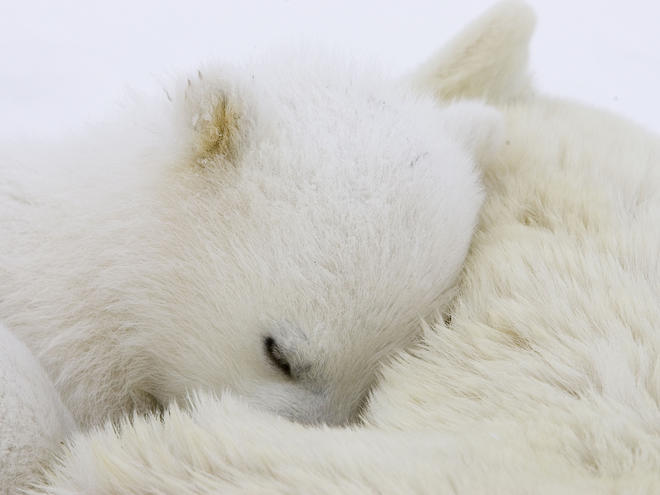



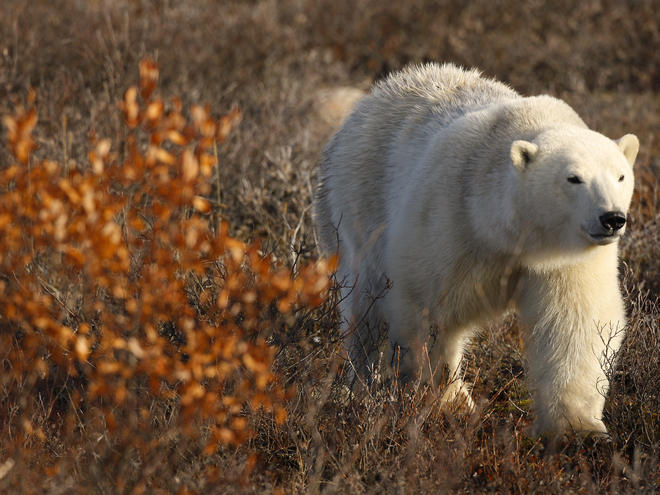
Who doesn’t love the big, burly white bears of the north? Polar bears—at the top of the food chain and vital to the health of the Arctic marine environment—are important to the cultures and economies of Arctic peoples.
The bears spend most of their lives on sea ice, where they hunt ringed and bearded seals. But as the climate warms, that ice is melting, threatening polar bears.
Take a look at some more interesting facts about polar bears:
1. The polar bear’s coat is so well camouflaged in Arctic environments that it can sometimes pass as a snow drift. Interestingly, the polar bear’s coat has no white pigment—in fact, a polar bear’s skin is black, and its hairs are hollow.
2. The most common method of hunting by polar bears involves the bear locating an active breathing hole using its keen sense of smell (i.e. a place where the seals are currently surfacing to take in air).
3. Less than 2 percent of a polar bear’s attempted hunts are successful.
4. Polar bears like to keep themselves clean, as it probably helps the insulating properties of their fur. After feeding, they will usually wash themselves by taking a swim or rolling in the snow. They also roll in the snow to cool off—despite the harsh conditions of their environment, polar bears overheat easily.
5. A polar bear’s stomach can hold the food equivalent of 15 percent to 20 percent of its own body weight.
6. When born, a polar bear cub weighs about the size of a guinea pig.
7. The polar bear is the most carnivorous member of the bear family, feeding mainly on a diet of ice seals.
8. Sixty percent of the 19 polar bear sub-populations are in Canada.
9. Polar bears are excellent swimmers and can sustain a pace of 6.2 miles per hour by using their front paws like oars while their hind legs are held flat like a rudder.
10. If current warming trends continue unabated, scientists believe that polar bears will be vulnerable to extinction within the next century.
You can make a difference – donate monthly to help protect polar bears and nature.
Read the full article at: http://feedproxy.google.com/~r/WWFStories/~3/FFGoKEZ9PFE/why-do-polar-bears-have-white-fur-and-nine-other-polar-bear-facts

